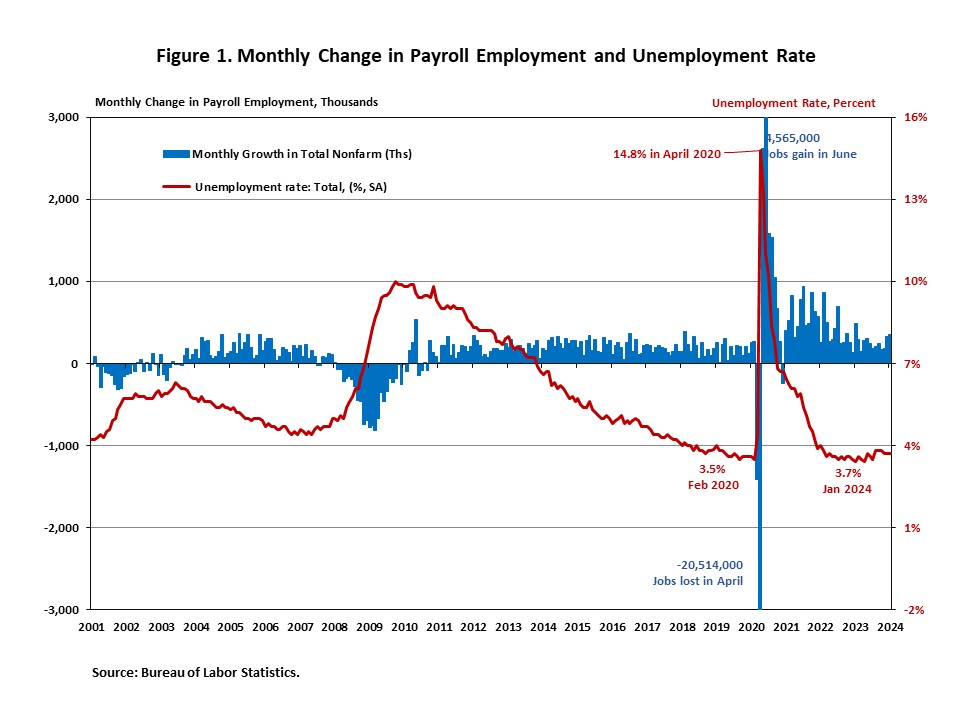4 Ways to Make Your Home Sell Quickly
Texas REALTORS Staff2024-02-06T01:20:57-06:00Did you know there are actions you can take to make your home sell swiftly? Here are four tips to do just that: Use a REALTOR® Those owners who hire a REALTOR® sell their homes more quickly than if they tried to sell their home on their own. That’s because REALTORS® know how to market your property so it reaches the right buyers. Make the Price Right An overpriced home is destined to sit on the market. Your REALTOR® will give you accurate information about comparable home prices in your area as well as the current marketplace, so you can choose the right price from the start. Declutter It’s important for potential buyers to see themselves in your home. Make it easier for them by putting away the kid’s playhouse, the dog bed, and your collection of doll heads. Cleaning often and storing items will be worth it for a quicker sale. Fix Lingering Problems People will notice the door that doesn’t quite shut all the way, the scratches on your baseboard, and the rattling ceiling fan. Even small fixes can make a big difference in how attractive your home is to a buyer. Your REALTOR® can give you specific advice for your home that can help you take your property from for sale to sold.



